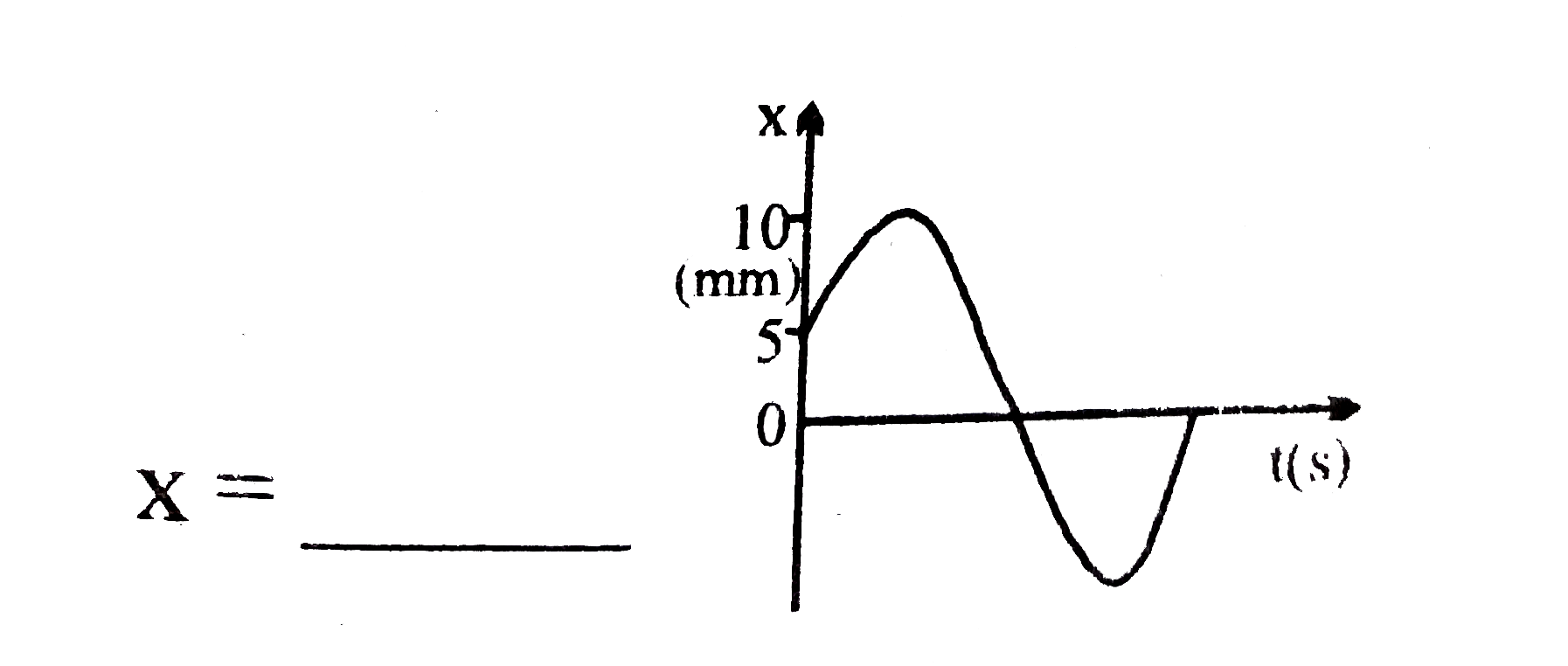The displacement (from intial position) of a particle executing SHM with amplitude A in half the time period is always
Zero
A
2A
4A
The correct Answer is:A
Step by step video, text & image solution for The displacement (from intial position) of a particle executing SHM with amplitude A in half the time period is always by Physics experts to help you in doubts & scoring excellent marks in Class 12 exams.
Updated on:21/07/2023Topper's Solved these Questions
Similar Questions
When displacement of a particle executing SHM is half of the amplitude,its potential energy is 5 J. Find the total energy of the particle in SHM,if potential energy at mean position is zero.
View SolutionThe figure shows the displacement-time graph of a particle executing SHM. If the time period of oscillation is 2s, then the equation of motion is given by

View Solution
Knowledge Check
The displacement from mean position of a particle in SHM at 3 seconds is √3 /2 of the amplitude. Its time period will be :
A18 sec.B6√3sec.C9sec.D3√3sec.The KE and PE , of a particle executing SHM amplitude A will be equal when its displacement is
AA√2BA/2CA/√2DA√2/3The maximum velocity of a particle executing SHM is v. If its amplitude of oscillation is doubled and its time period is made half of its initial value, the maximum velocity of it will be
AvB2 vC4 vD8 v
Amplitude of a particle executing SHM is a and its time period is T. Its maximum speed is
View SolutionAcceleration-displacement graph of a particle executing SHM Is as shown in given figure. The time period of its oscillation is: (in sec)

View SolutionIf the maximum velocity and acceleration of a particle executing SHM are equal in magnitude the time period will be
View SolutionA particle of mass m executes SHM with amplitude A and frequency n. The average energy in one time period is
View SolutionIf the maximum velocity and acceleration of a particle executing SHM are equal in magnitude, the time period will be
View Solution
